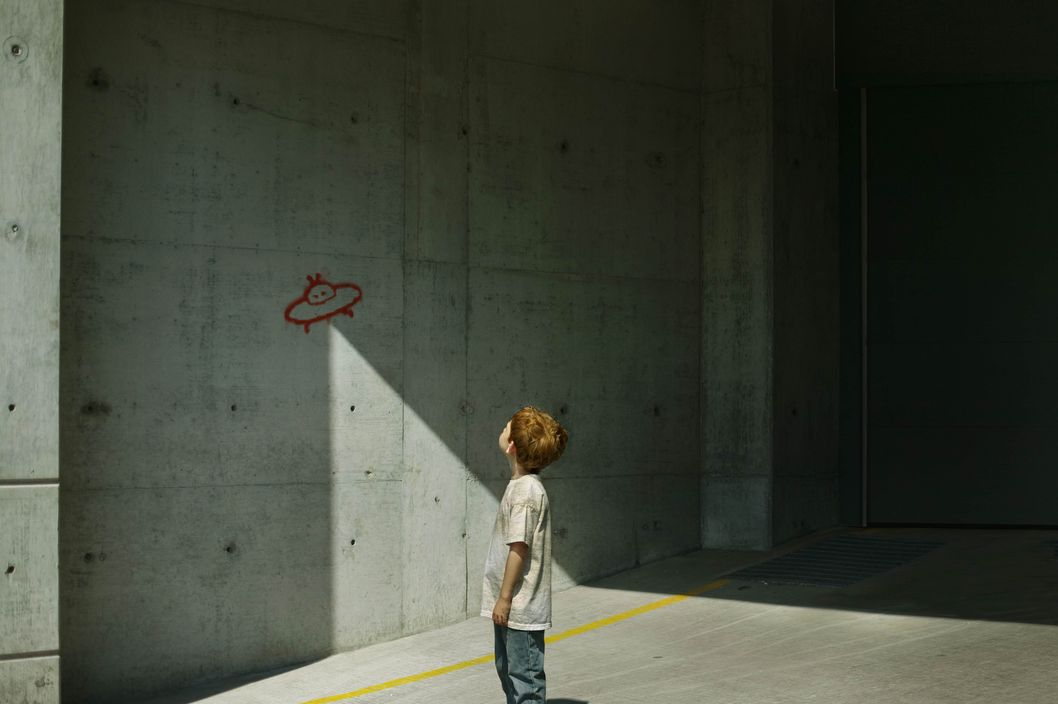
While this year’s symposium attracted a reported 400 people, this was a far cry from the thousands who attended the MUFON conference in the late 1970s, after Close Encounters of the Third Kind introduced extraterrestrials to the mainstream moviegoer. That was at a time when a lot of people actually believed that these mysterious things from the sky represented the biggest single thing in history. Since then, despite the recent astronomical findings of the so-called “Goldilocks zone” that postulates sentient life is possible throughout the galaxy, ufology has apparently lost its grip on the public imagination, and has been demoted to a neo-cult status. For the populace at large space is no longer the place. Not that this mattered to those gathered at Cherry Hill. Used to marginalization, they were resolved to keep watching the skies.
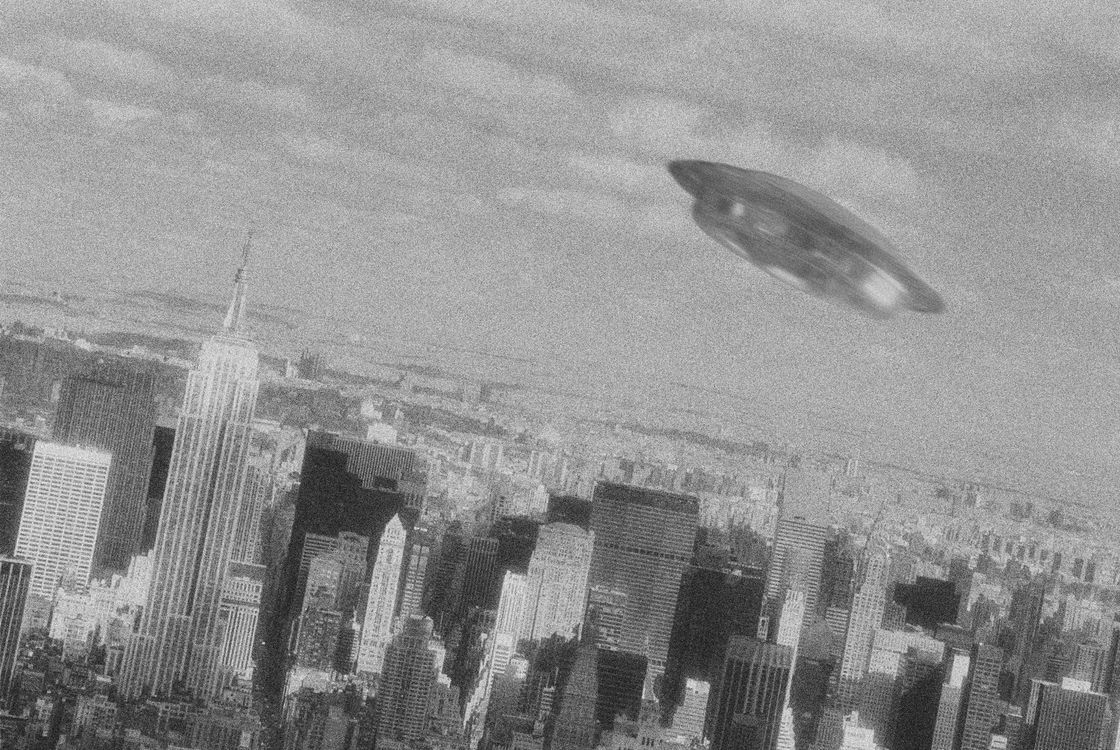
This was fun, especially when Knapp began talking about Area 51, “the world’s best known top secret base.” In 1989, Knapp broke the story of Robert Lazar, a then 30-year-old scientist who claimed to have worked the remote military facility in the Nevada desert. Lazar’s epic account of how the US armed forces were “reverse engineering” alien technology from crashed and captured flying saucers has become a cornerstone of the late stage UFO narrative. As soon as Lazar opened his mouth, “the meme was on the loose,” Knapp said, resulting in many books, movies, and Area 51-inspired product campaigns accompanied by theme music from the X-Files.
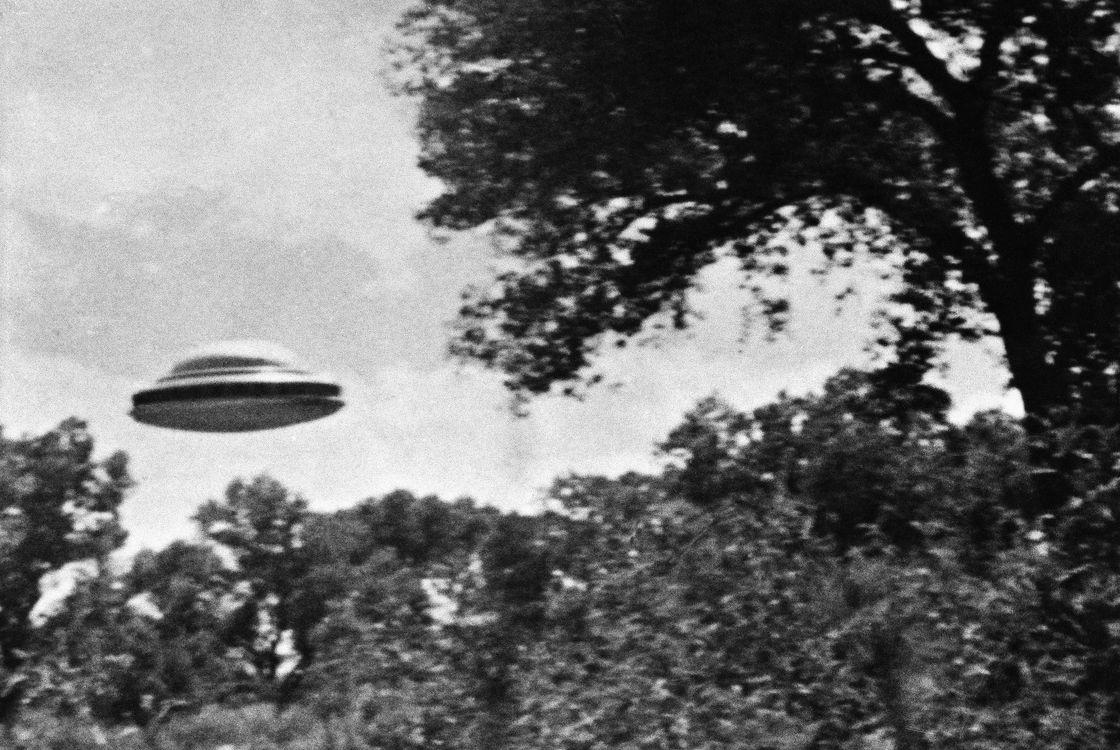
Not that the old was out of place in this crowd. MUFON has been around for 45 years and the average age of those who ponied up $239 for the conference was way past that. Many of the presenters, most of them long-established figures on the scene (Stanton Friedman, the 79-year-old widely acknowledged dean of the field, had to cancel owing to a mild heart attack) were equally venerable, as were most of the subjects they discussed. Much talk focused on the genre’s greatest hits: the Betty and Barney Hill abduction account (1961), the Lonnie Zamora/Socorro, New Mexico sighting (1973), the Rendlesham Forest incident in the U.K. (1980), and, of course, Roswell, circa 1947.
As noted, it wasn’t always this way. In another post-A bomb time ufology seemed a wholly appropriate response to a newer, bigger, and far more frightening world. Long before the appearance of Ezekiel’s wheel, people knew something was up there, and now that we’d fired off this nuclear bottle rocket capable of killing millions, the watchers had come in for a closer look. Suddenly palpable millennialism gave impetus to a number of so-called “ufo religions” ranging from the Honorable Elijah Muhammad’s talk of the liberating “mother plane” to ex-sci-fi writer L. Ron Hubbard’s Scientology. It also enabled a breed of typically American loner “independent researchers.” These were the free-thinking, often highly competitive (later highly paranoid) individuals who drove their vehicles into the middle of the desert, looked up into the vast firmament decided that, for better or worse, there had to be another world beyond this one. The fact that the UFO issue represented the first time a large segment of population felt the then-trusted government was withholding the truth from the public only whetted the frisson of the hunt.
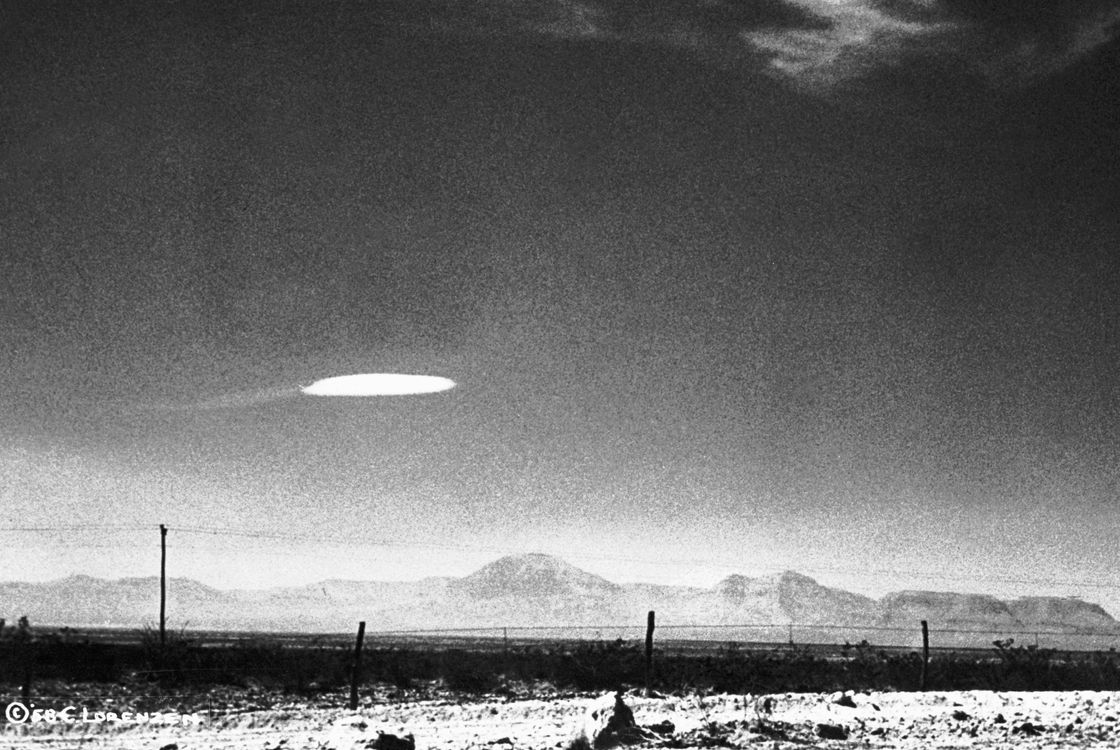
It made you wonder where, short of a landing on the White House lawn, ufology could possibly go from here. Case in point was the presentation of Steven Bassett, this year’s winner of the “Excellence in Ufology” award (MUFON executive director Jan Harzan called it “the biggie’). The first registered Washington lobbyist advocating the position that humanity is not alone in the universe, Bassett organized last year’s “Citizen’s Hearing” which enlisted several ex-congress people including former Alaska Governor Mike Gravel to hear testimony on what is now being called “exopolitics” so as to avoid being saddled by the ufology brand. People like astronaut Edgar Mitchell, who walked on the moon, made the case for extraterrestrial visitation. The hope is that the mock hearings would lead to the real thing, which, Bassett was certain would “blow the lid off the Truth Embargo on the alien question that has existed since Roswell.”
After his presentation, I spoke with Bassett, an ardent former business consultant in his middle 60s who described the Disclosure quest as “my life, now.” Victory was inevitable, he thought, saying, “the Catholic Church’s attempt to suppress the Copernican revolution was a doomed enterprise. Now we’re talking about something far more profound than that … when the government tries to contain the reality of the galaxy, that is a task that is Herculean and ultimately can not succeed.” Once the alien presence was acknowledged, humanity would take a meaningful step into “maturity,” Bassett contended.
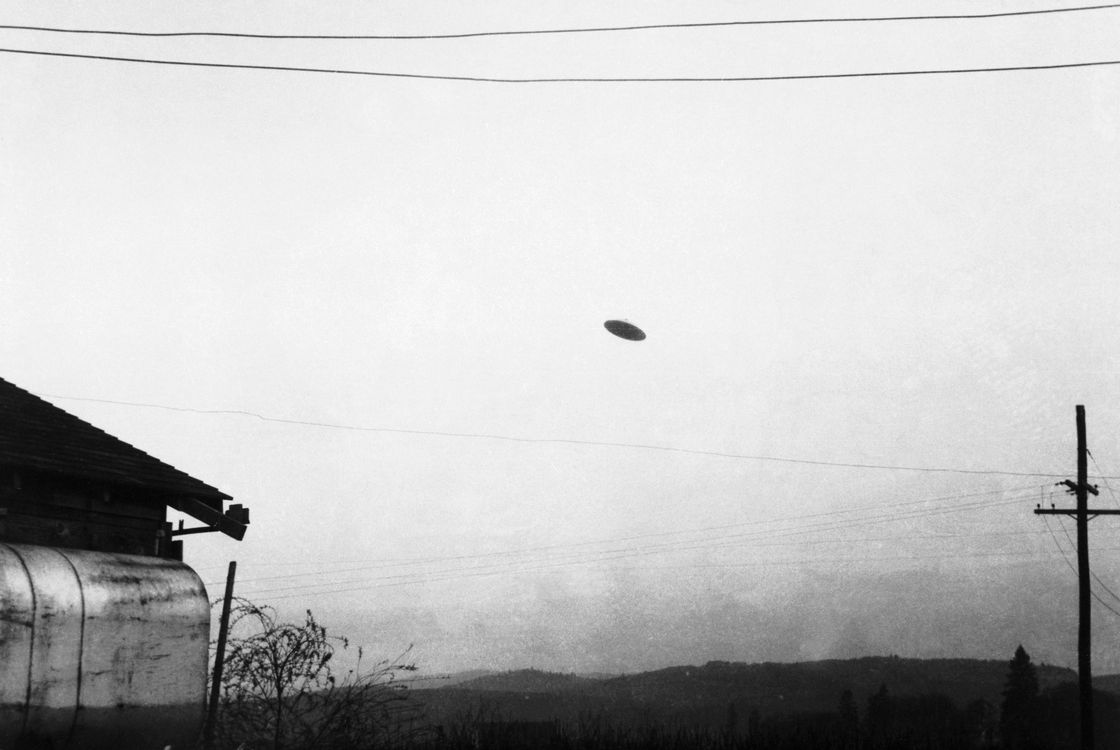
None of this, however, was a reason to close the books on flying saucers. This would be impossible, since if you happened to have laid eyes on something you sincerely believed to be a UFO, it tends to stick. I will never be free of that cold winter’s night in 1989 when, along with my wife, I saw a saucer-shaped object fly down the East River and soar beneath the Brooklyn Bridge. The way the craft seemed to coquettishly blink its lights as if to say, "even here, I appear, and then disappear" told me, that against all rationality, this particular interface with the ineffable was meant for me.
These are the things you talk about with people like H. Dyke N. Spear at UFO conferences. As George Knapp said, the subject matter does “tend to attract those whose elevator does not got all the way to top,” but you’ll never see Dyke Spear in a tinfoil hat. Past 80, he remained a man of the world, still practicing divorce law in West Hartford, Connecticut. Once he represented the famous featherweight boxing champion Willie Pep. “It was like Willie’s fifth divorce,” Spear related. “He said, relax, this is an easy case. Just give her five rooms of furniture and a fur coat. That’s what they always get.” Asked whether he took any abuse from friends and family about attending UFO conferences, Dyke laughed. “What are they going to tell me, I don’t know what I know?”
Fernando Garces-Soto, a wry, 60-ish Colombian-born music producer from Miami and fellow witness, was taking it more personally. “I’m spending a $1,000 to come to this. That’s a lot of money for the same old stories. This rehash, and more rehash. Probably next year I’ll spend another $1,000. What choice do I have?” Fernando exclaimed, finding the existential humor of the situation. “I’m obsessed,” he sighed. “I’m all messed up.”
No comments:
Post a Comment